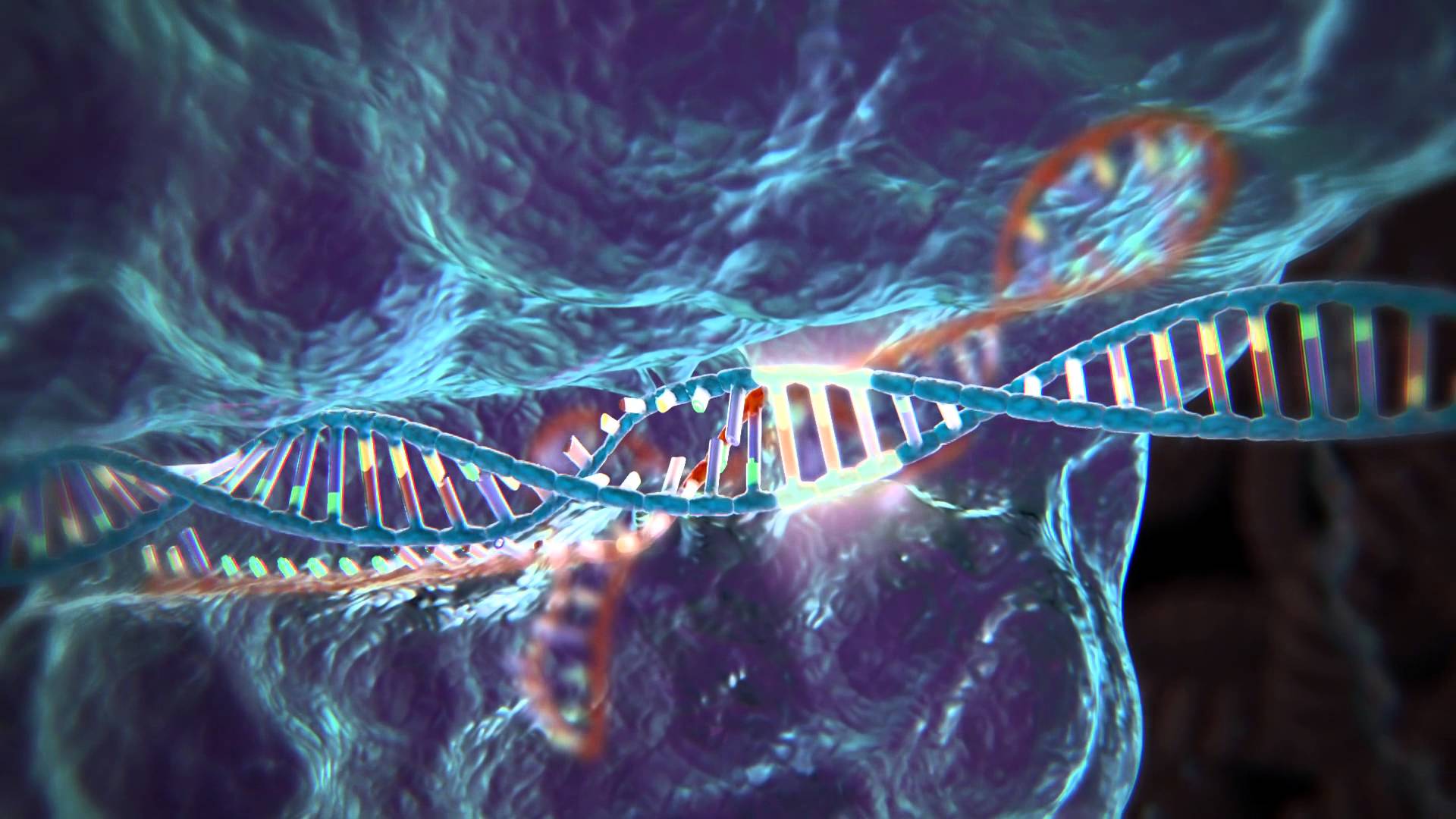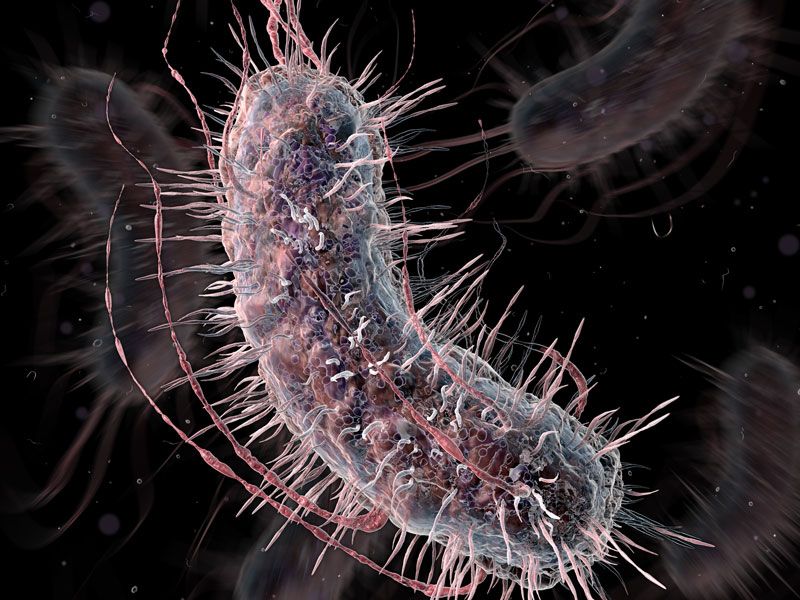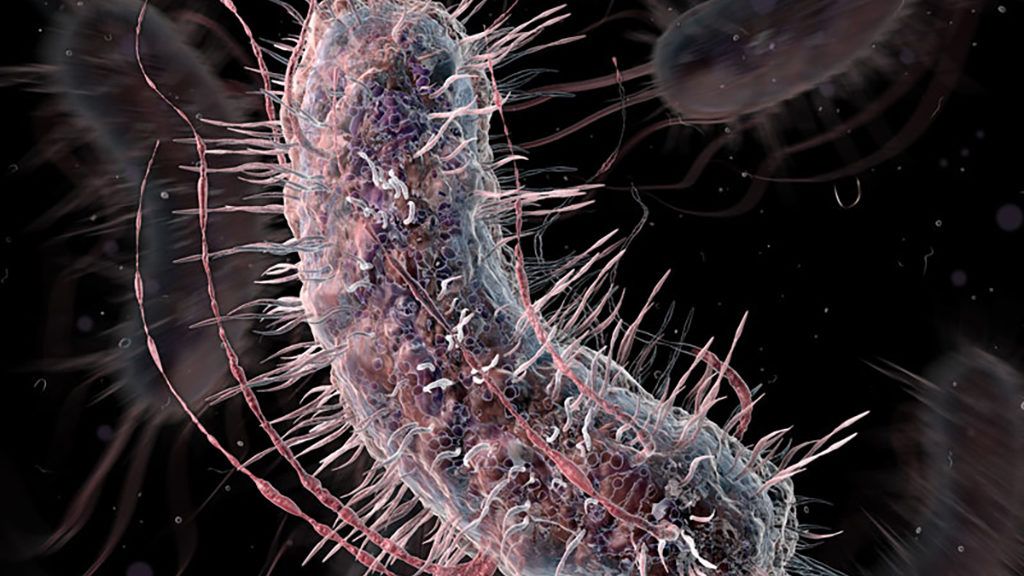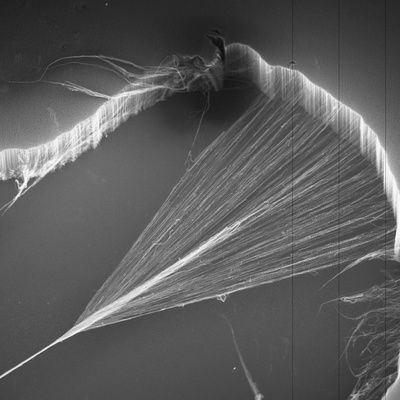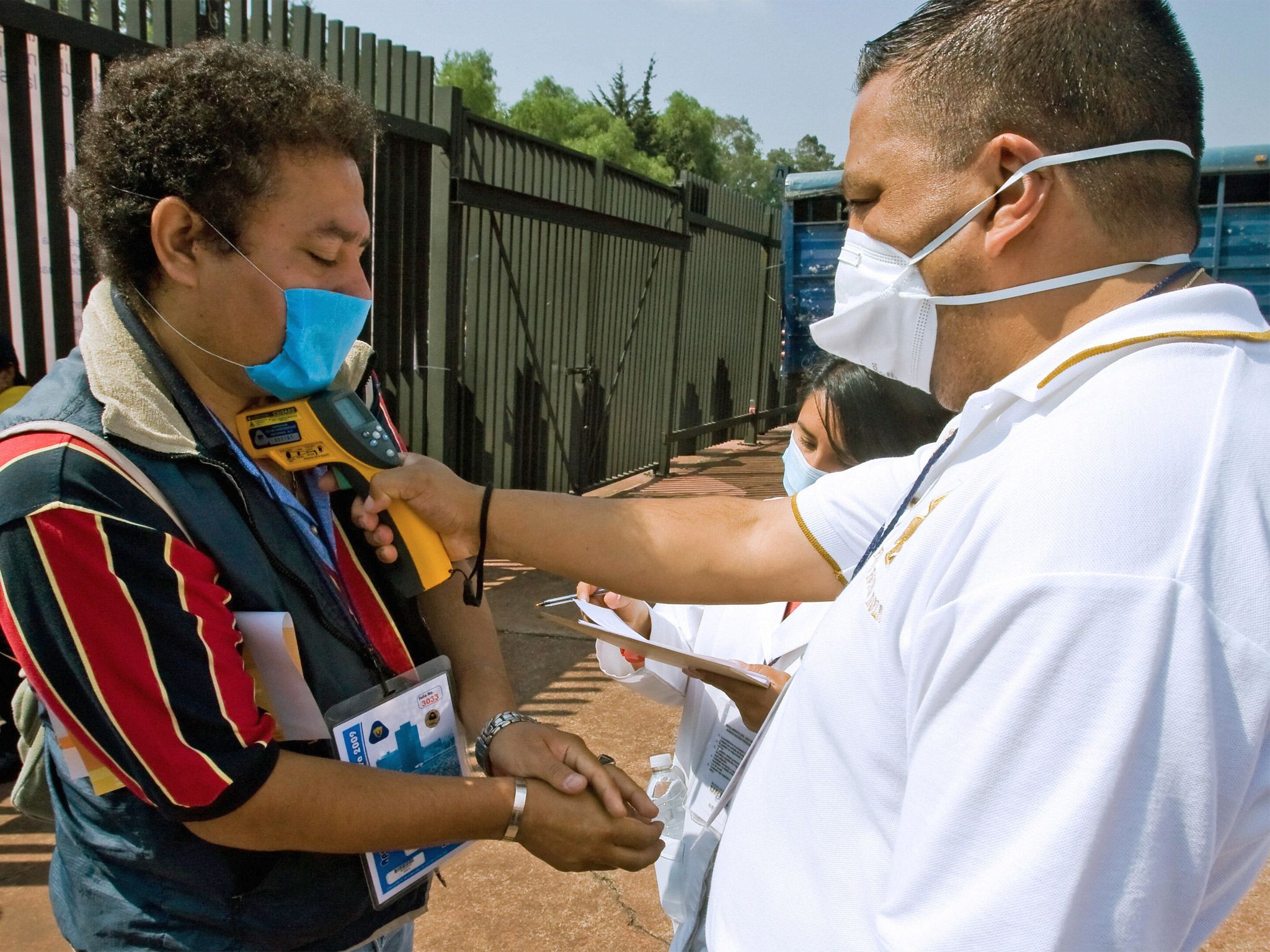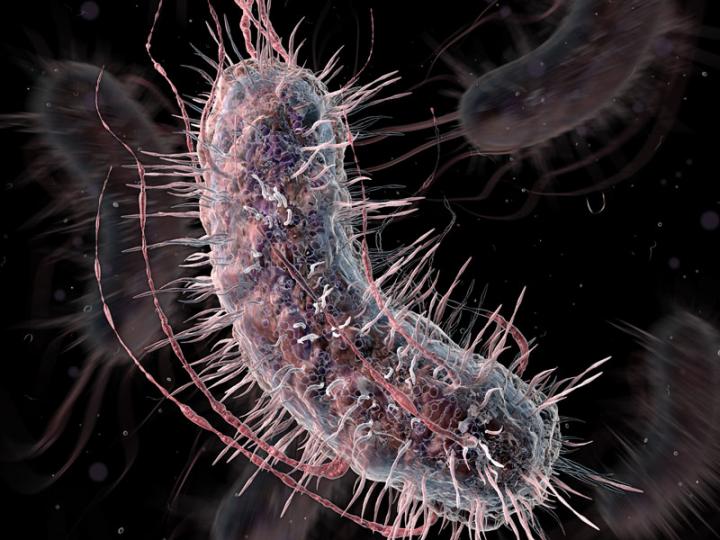The article overplays the alarmist tone a bit, but this is still an idiotic experiment.
If I understand correctly (the reporter didn’t explain it properly), he mutated the virus multiple times, until it no longer matches existing antibodies (i.e. somebody exposed would still become resistant — if they survived — and it is still possible to create new antiviral drugs that can target it); i.e. it is dangerous, but not invincible.
Given how long it takes to make new vaccinations for flue strains (and the cost of distributing them globally), this is still deeply irresponsible.
A controversial scientist who carried out provocative research on making influenza viruses more infectious has completed his most dangerous experiment to date by deliberately creating a pandemic strain of flu that can evade the human immune system.
Yoshihiro Kawaoka of the University of Wisconsin-Madison has genetically manipulated the 2009 strain of pandemic flu in order for it to “escape” the control of the immune system’s neutralising antibodies, effectively making the human population defenceless against its reemergence.
Most of the world today has developed some level of immunity to the 2009 pandemic flu virus, which means that it can now be treated as less dangerous “seasonal flu”. However, The Independent understands that Professor Kawaoka intentionally set out to see if it was possible to convert it to a pre-pandemic state in order to analyse the genetic changes involved.
Read more


